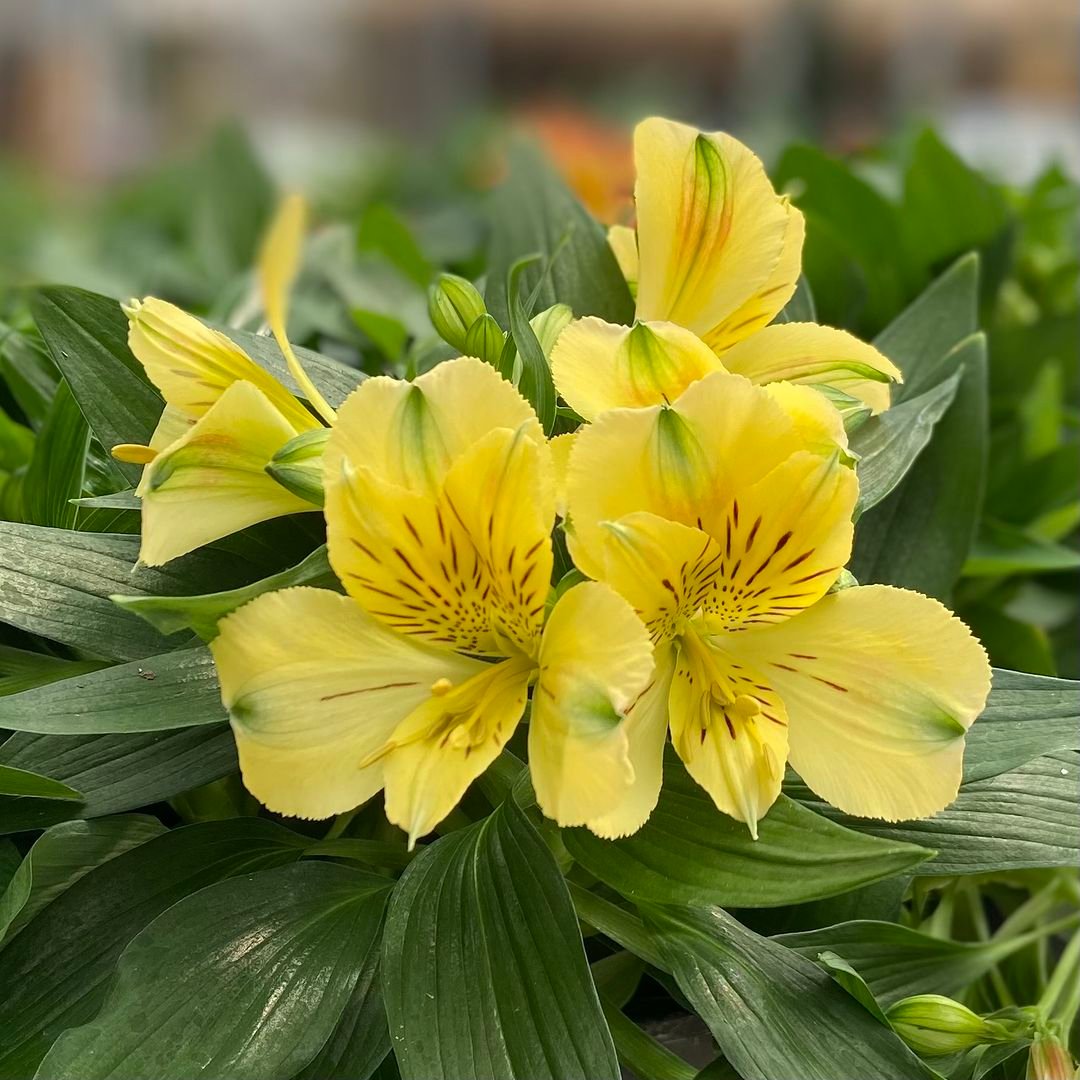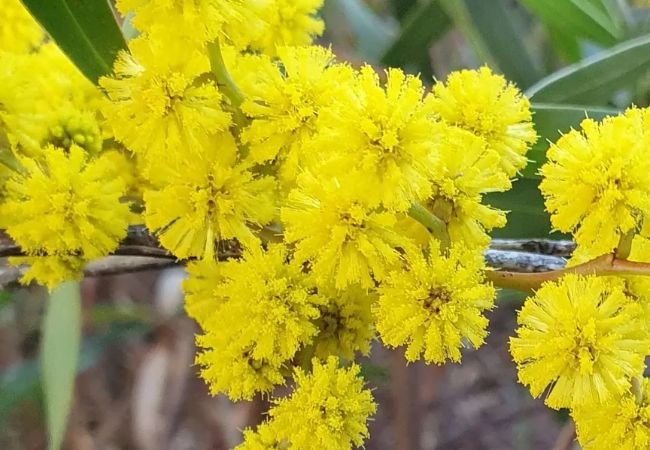Discover the vibrant Alstroemeria flower (Peruvian Lily)! Learn its meaning, how to grow it, its use in bouquets, and safety tips for cats. Expert advice from a gardener with 10+ years of experience.
I’ll never forget the first time I saw an Alstroemeria blooming in my garden. Its tiger-striped petals danced in the breeze, and I instantly understood why it’s nicknamed the “Peruvian Lily.” Over my 10 years of gardening, this resilient beauty has become one of my favorite perennials. In this guide, I’ll share everything I’ve learned about growing Alstroemeria, its hidden meanings, and how to enjoy it safely—even if you’re a cat parent like me!
Here’s an information chart for the Alstroemeria flower (Alstroemeria spp.):
| Aspect | Details |
|---|---|
| Botanical Name | Alstroemeria spp. |
| Common Name | Alstroemeria, Peruvian Lily |
| Plant Type | Perennial |
| Hardiness Zone | Zones 6-10 |
| Sun Exposure | Full sun to partial shade |
| Soil Type | Well-drained, fertile |
| Watering | Regular, moderate |
| Growth Habit | Clumping, bushy |
| Height/Spread | 1-3 feet tall, 1-2 feet wide |
| Special Features | Showy, long-lasting flowers in various colors; excellent for cut flowers; attracts butterflies and hummingbirds |
What is Alstroemeria?

Alstroemeria, often called the Peruvian Lily or Lily of the Incas, hails from South America. Unlike true lilies, it’s part of the Alstroemeriaceae family and thrives in USDA zones 6–10 (learn more about USDA zones here). These flowers come in fiery oranges, soft pinks, sunny yellows, and even bi-colors. Fun fact: Their leaves twist as they grow, symbolizing mutual support in friendships!
Alstroemeria Flower Meaning: More Than Just a Pretty Face
Why do florists love adding Alstroemeria to bouquets? It’s all about symbolism:
- Friendship & Devotion: The twisted leaves represent growing through life’s challenges together.
- Wealth & Fortune: In Victorian times, giving these blooms was believed to attract prosperity.
- Personal Growth: Their upward-facing blooms inspire self-improvement.
I once gifted a pink Alstroemeria arrangement to a friend recovering from surgery. She later told me its message of resilience helped her heal—proof that flowers truly speak!
How to Grow Alstroemeria: My Tried-and-True Tips
Planting Basics
- When: Plant tubers in early spring or fall.
- Where: Choose well-draining soil with morning sun and afternoon shade.
- Spacing: Keep 12–18 inches apart for airflow.
Pro tip: Add compost to the soil for a nutrient boost—I’ve found this doubles bloom production!
Care Checklist
- Watering: Keep soil moist but not soggy (overwatering causes root rot!).
- Feeding: Use a balanced fertilizer every 6 weeks.
- Pruning: Deadhead spent flowers to encourage new buds.
Struggling with pests? Check out my guide to natural pest control.
Alstroemeria in Bouquets: Why Florists Adore Them
As a former florist, I’ve used Alstroemeria in hundreds of arrangements. Here’s why they’re a staple:
- Longevity: They last 2+ weeks in vases (perfect for DIY wedding centerpieces).
- Versatility: Pair them with roses for romance or sunflowers for cheer.
- Affordability: A budget-friendly alternative to pricey peonies or orchids.
Are Alstroemeria Flowers Safe for Cats? Let’s Debunk the Myth
After adopting my cat Luna, I panicked when I read online that Alstroemeria was toxic. But here’s the truth:
- Mild Risk: Unlike true lilies, Alstroemeria contains minor irritants (tulipalin).
- Symptoms: Excessive chewing may cause drooling or upset stomach.
I keep my bouquets on high shelves and grow Alstroemeria in raised beds. For pet-safe gardening tips, see my cat-friendly plant list.
FAQs: Answering Your Top Alstroemeria Questions
1. Do Alstroemeria flowers come back every year?
Yes! They’re perennials in zones 6–10. In colder areas, mulch heavily or grow in pots.
2. Can I grow Alstroemeria indoors?
Absolutely! Use a deep pot and place it near a sunny window.
3. Why are my Alstroemeria leaves turning yellow?
Overwatering is the usual culprit. Let the soil dry out between waterings.
Final Thoughts: Why You’ll Love Growing Alstroemeria
Whether you’re a novice gardener or a seasoned pro, Alstroemeria’s low-maintenance charm and rainbow hues make it a garden must-have. I’ve even convinced my neighbor—a self-proclaimed “black thumb”—to grow them successfully! For more inspiration, explore my guide to easy-care perennials.
Now it’s your turn! Plant a tuber this season, and soon you’ll have a burst of color that keeps giving—just like friendship. 🌸






